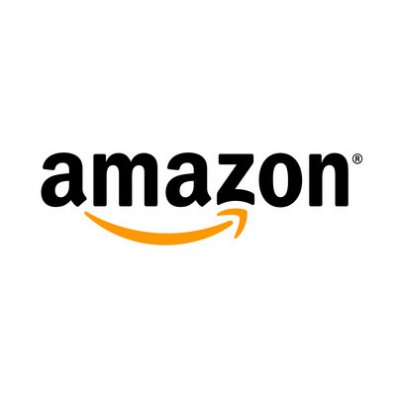On Friday, June 16, Amazon bought Whole Foods for $13.4 billion – a deal that goes head to head with Wal-Mart’s stronghold on the produce and grocery market.
Amazon is already the biggest e-commerce player in America. And it has become so pervasive in retail that 42 percent of consumers bought something from Amazon last year, according to The NPD Group. But when we drill down a bit deeper, the penetration shows that a full 60 percent of Millennials are Amazon buyers.
- By contrast, just 20 percent of American consumers bought at least one item from Whole Foods last year. And that’s down 3 percentage points from the prior 12 months. But among Millennials, the number is substantially higher: 24 percent. That’s extraordinary penetration for a supermarket chain with just 431 stores.
- The deal now gives Amazon control of those 431 stores, nearly all of which are in neighborhoods that are more affluent and younger than America as a whole. Those stores solve much of Amazon’s “last-mile” delivery challenge for fresh groceries — which is arguably the biggest single reason that Amazon has not been able to make a dent in the grocery shopping of the 60 percent of Millennials who already buy other items from Amazon.
- And of the people who already buy groceries through the Web — 52% of them are Amazon Prime members, according to research from The NPD Group. Those 431 stores suddenly make it easier for those Prime members, who tend to purchase heavily through Amazon, to get access to fresh produce/foods.
“Fresh foods are the final frontier for Amazon. And figuring out how to get it to your front door is the ultimate in convenience for consumers. In order for amazon to get the volume growth they are looking for, fresh foods has to be part of the equation. This deal gives them credibility with consumers and a major foothold in that space.” David Portalatin, vice president, industry analysis, Food, The NPD Group
Majority of U.S. Consumers Aren’t Shopping Online for Groceries and Point Out Barriers To Adoption
—There is still room for brick-and-mortar grocers even with Amazon’s announcement to buy Whole Foods
Grocery e-commerce has a lot of headroom for growth with only seven percent of U.S. consumers shopping online for groceries in the last month, reports The NPD Group, a leading global information company. Consumers who are lapsed from grocery shopping online or have never shopped for online groceries point out a number of barriers to their adoption of online grocery shopping, the top reason being that they want to pick out their own fresh items. Amazon’s recently announced purchase of Whole Foods will help overcome this barrier for Amazon Prime members (52 percent of online grocery shoppers are Amazon Prime members), active online shoppers, like young adults and men, and urban consumers; but there remains a large sector of the population that will continue to be served by brick and mortar grocery stores.
NPD predicts that online grocery shopping will grow at a faster rate than the early online pioneers as consumers have already experienced the convenience of online shopping. In fact, 20 million consumers who are current, lapsed, or new to online grocery shopping plan to increase their virtual shopping for foods and beverages over the next six months, according to the NPD study, The Virtual Grocery Store. However, in addition to selecting their own fresh foods, many consumers simply like the experience of grocery shopping in a brick-and-mortar store saying that walking the store reminds them of what else they need or they like to see what’s new. Other barriers are the higher costs associated with grocery shopping online, like delivery or membership fees, and needing to wait for the delivery — which Amazon’s purchase of Whole Foods could change.
“Brick-and-mortar stores aren’t dead, they will just need to step up their game. There will continue to be a large percentage of the population who will prefer to shop at brick-and-mortar grocers,” says Darren Seifer, NPD food and beverage industry analyst. “Brick-and- mortar food retailers should market the unique consumer needs they meet that online grocers aren’t currently offering, experience being a key one. At the same time, they need to keep up with the times and leverage digital ordering via their own click-and-collect programs as well as partnering with third parties for delivery in order to expand their offerings.”
